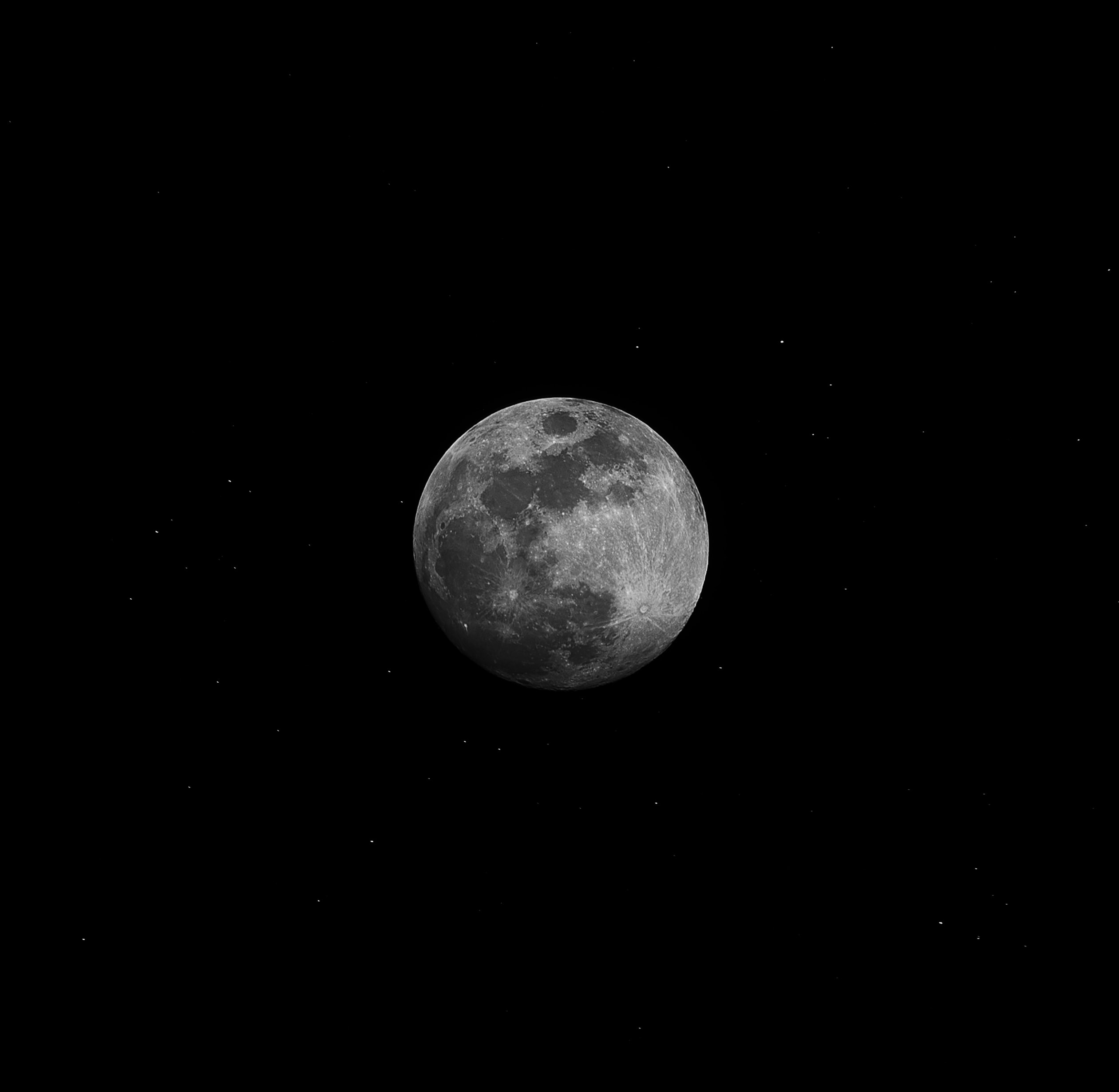Moon Timings: Understanding the Phases and Lunar Cycles
Have you ever found yourself gazing up at the night sky and wondering about the moon’s mysterious allure? The moon, our celestial neighbor, has captivated humanity for centuries. Its phases and cycles have been of great interest to astronomers, sailors, and even poets alike. In this blog post, we will delve into the intricacies of moon timings, exploring the various phases and lunar cycles that govern its appearance in our night sky.
1. The Phases of the Moon
The moon goes through a continuous cycle of phases as it orbits around the Earth. These phases can be observed by the changes in the moon’s appearance, which is a result of the varying angles at which sunlight reaches its surface.
The cycle begins with the new moon, where the side of the moon facing the Earth is not visible from our perspective. As the moon moves along its orbit, a thin crescent appears, known as the waxing crescent. The illuminated portion gradually expands until it reaches a half-moon shape, referred to as the first quarter moon.
Continuing its journey, the moon transitions into the waxing gibbous phase, where its illuminated area continues to increase. Eventually, the moon reaches its fullest extent, showcasing the mesmerizing beauty of the full moon. Following this, the moon wanes and returns to its half-moon shape, now called the third quarter moon.
As the cycle nears its completion, the moon enters the waning crescent phase, transforming into a slim crescent until it finally disappears from our view, marking the beginning of a new lunar cycle.
2. Lunar Cycles
While the phases of the moon are a result of its orbit around the Earth, lunar cycles take into account the moon’s position relative to the Earth and the Sun. These cycles help us track the moon’s monthly journey through its phases.
The lunar cycle that most people are familiar with is the synodic month. This cycle lasts approximately 29.5 days, during which the moon completes a full revolution around the Earth and returns to the same phase. The synodic month determines the commonly known phases of the moon, as discussed earlier.
Another important lunar cycle is the sidereal month. This cycle lasts around 27.3 days and represents the time it takes for the moon to complete a full orbit around the Earth, returning to its original position relative to the stars. The sidereal month is of significance to astronomers and those observing celestial objects, as it helps track the moon’s position in relation to other astronomical events.
These lunar cycles play an essential role in various aspects of human life, including religious ceremonies, agriculture, and fishing. Many cultures throughout history have developed calendars based on these cycles to guide important events and activities.
3. Moon Timings and Tides
One of the most fascinating effects of the moon’s timings is its influence on the tides. The gravitational pull of the moon, coupled with that of the Sun, causes the tidal bulges on Earth’s oceans. As the Earth rotates on its axis, different locations move through high and low tides.
The moon’s alignment with the Sun and Earth determines the type of tides we experience. During a new moon or full moon, when the Sun, Earth, and moon are aligned, we observe spring tides. Spring tides result in higher high tides and lower low tides, leading to greater tidal extremes.
On the other hand, during a first quarter moon or third quarter moon, when the Moon and Sun are at right angles to each other, we experience neap tides. Neap tides have less dramatic tidal ranges, with lower high tides and higher low tides.
| Moon Phase | Alignment | Tide Type |
|---|---|---|
| New Moon | Earth-Moon-Sun | Spring Tide |
| First Quarter Moon | Earth-Moon-Sun (right angle) | Neap Tide |
| Full Moon | Earth-Moon-Sun | Spring Tide |
| Third Quarter Moon | Earth-Moon-Sun (right angle) | Neap Tide |
Understanding moon timings and their influence on tides is crucial for coastal activities like fishing, sailing, and surfing. It enables individuals to make informed decisions about the best times to venture into the water or avoid potential dangers.
4. The Moon, the Earth, and Us
The moon’s timings have long captivated our imagination and seeped into various aspects of human culture, from mythology and folklore to art and literature. Its influence on the tides and its role in celestial events continue to fascinate scientists and enthusiasts alike.
Stargazing, tracking moon phases, and observing lunar cycles can provide a deeper understanding of our place in the universe. Whether you’re an astronomer, a nature lover, or simply someone who appreciates the beauty of the night sky, exploring moon timings is a gateway to a world of wonder.
Next time you find yourself glancing up at the moon, take a moment to ponder its phase and consider the intricate dance between the Earth, the moon, and the Sun. The moon’s timings may be predictable, but their impact on our lives and our connection to the cosmos is truly extraordinary.
Table of Contents
